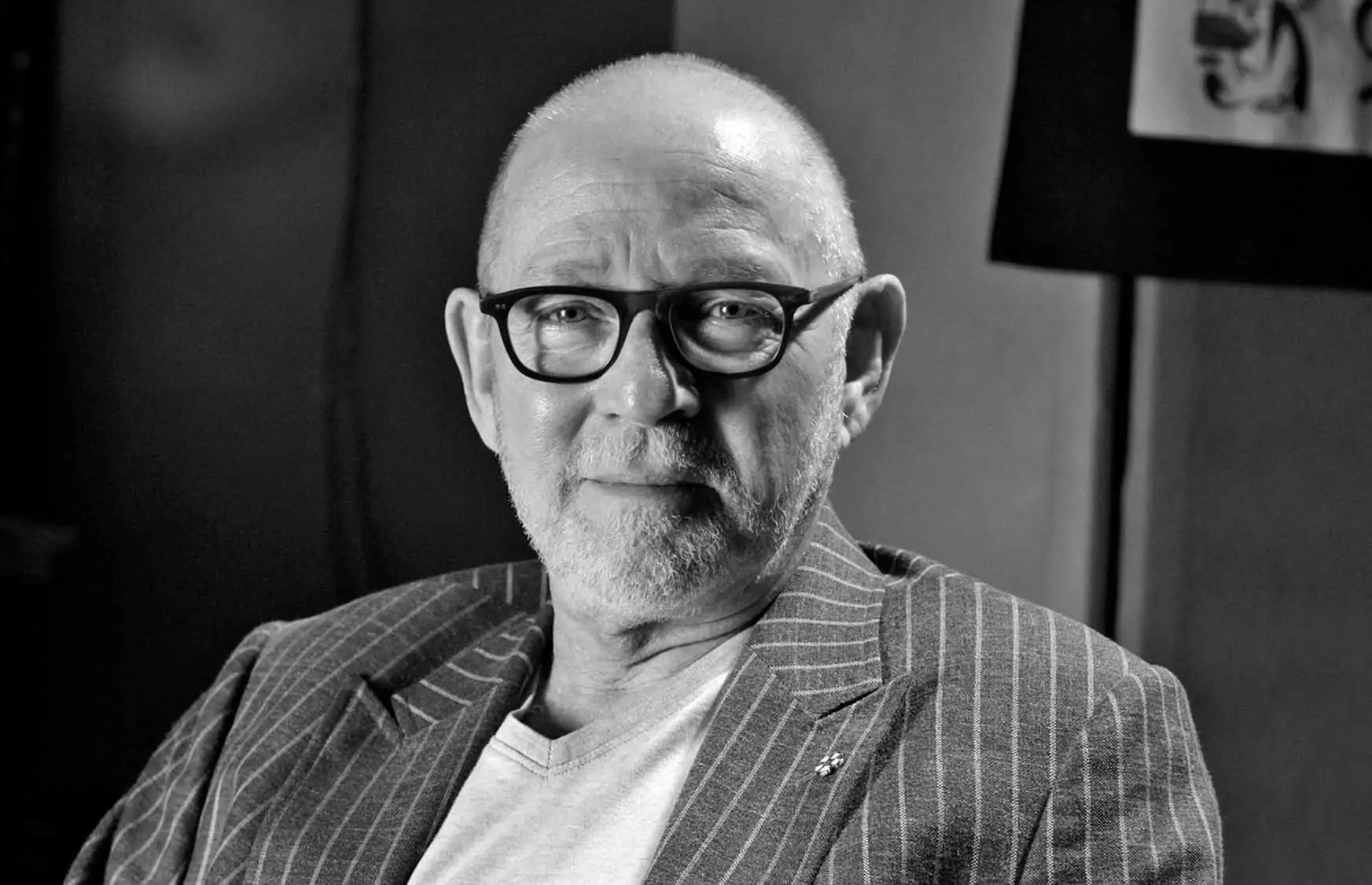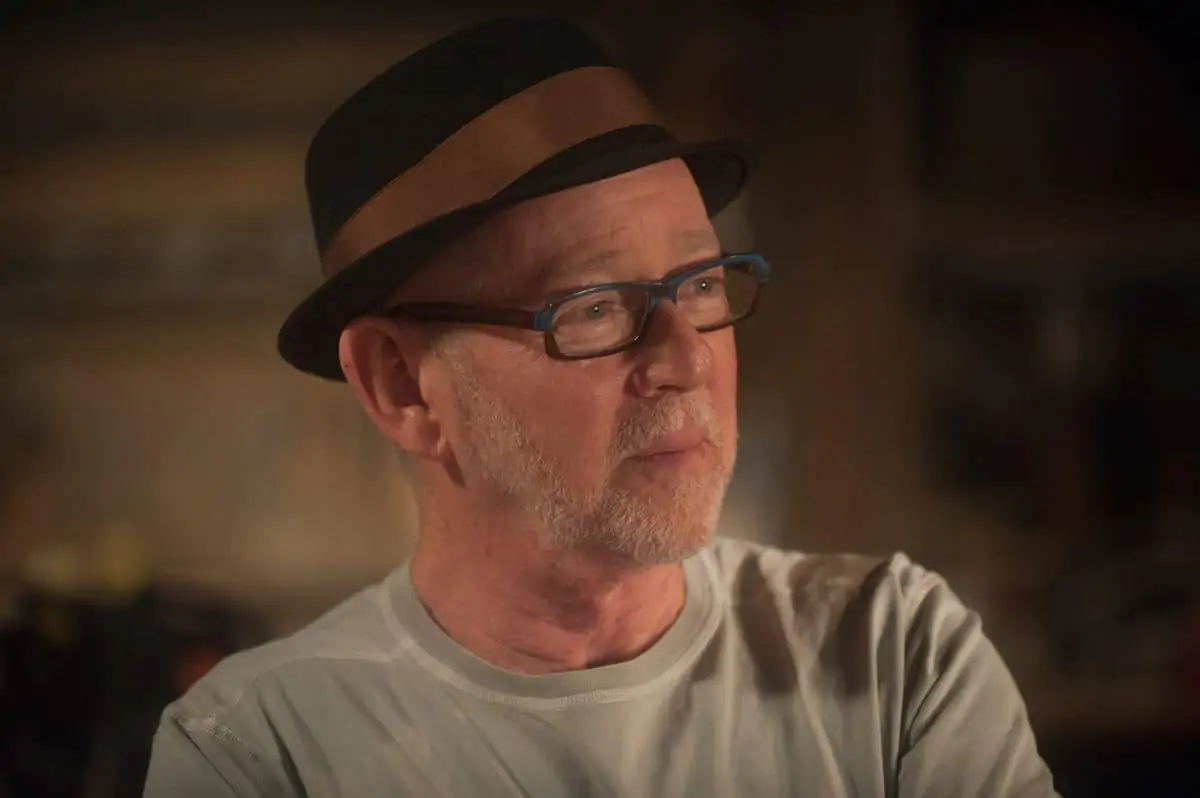The Time Is Now
Letter From America / Steven Poster ASC
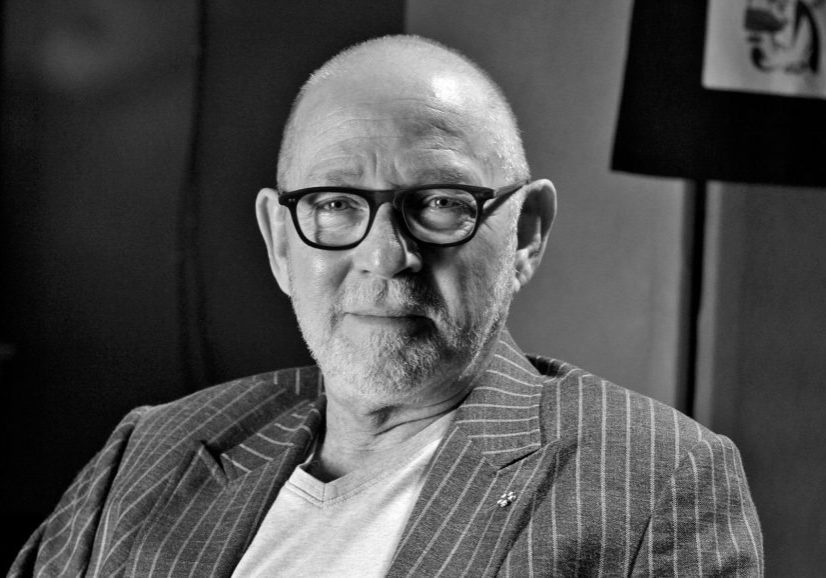
The Time Is Now
Letter From America / Steven Poster ASC
I have always made it a goal to include women and people of colour on my crews, but that’s hardly been an easy ask. One time (in another country that shall go nameless), I was interviewing potential crewmembers for a project. I mentioned to a man who was applying to be a key grip that it was essential we have some diversity within the ranks. His answer was swift and simple: “I always have diversity on my crews – I have tall ones and short ones!”
Whether that’s a light-hearted anecdote or a mocking of an issue that could not be more serious, we’ve recently been through another awards season in Hollywood, with an industry under siege – for all the right reasons. Since last Fall, issues of workplace abuse, and more recently, wage inequity, have been brought front and centre. For the female members of the Local 600, the latest hashtag – #TimesUp – holds particular resonance, as an established Guild publicist told me: “Our members don’t just sit in offices… we work on sets where the male-to-female ratio can be as high as 10:1. That’s fertile ground for bad behaviour – so time’s up indeed!”
At the core of this movement is safety, which is the backbone of any union’s mission statement. It’s no secret that the historical trajectory of the camera department has been male-dominated, and the perception has been that women can’t handle the longer hours, travelling, taking time away from their families, or even keeping-up from a physical perspective.
Such antiquated and false notions are what this union has been working so hard to reverse through unconscious bias trainings and other “culture altering” education. And make no mistake: Local 600’s culture has been changing. A new infusion of female NEB members, as well as a surge in women (including women of colour) in the camera ranks – assistants, loaders, utilities, and operators – has established a new sense of pride that I am ecstatic to see taking place. Even the ranks of female cinematographers, which have been abysmally low for too long, are rising, and those who have already made inroads are reaching new levels in their craft.
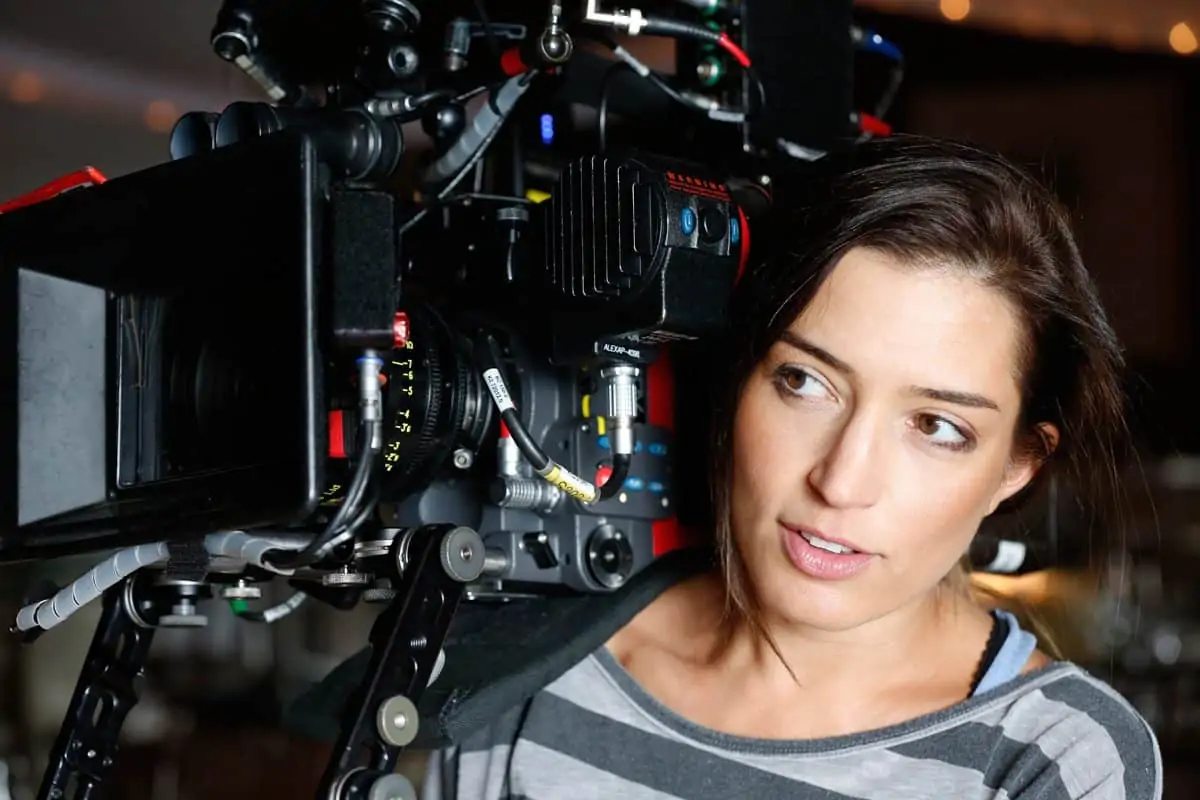
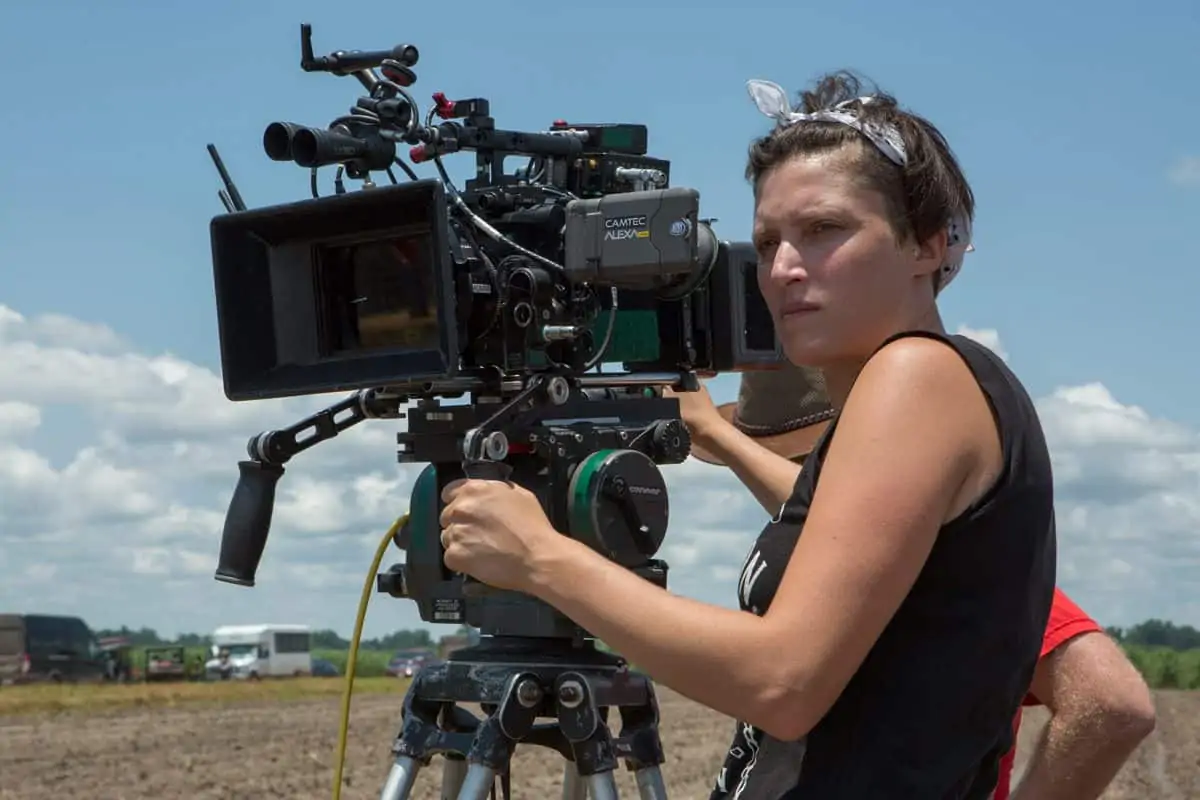
Obviously, Reed Morano ASC, who received an Emmy in directing last year for The Handmaid’s Tale, and Rachel Morrison ASC, who became the first woman ever nominated for an Oscar in the Best Cinematography category and earned an ASC Award for her Sundance hit, Mudbound, are shining examples. Rachel’s public comments on KPCC’s The Frame (Southern California Public Radio), beautifully encapsulate why gender bias is not only illogical, but bad business (particularly when 2017’s top three grossing movies – The Last Jedi, Wonder Woman, and Beauty And The Beast – were all female-centric, and one of them, Wonder Woman, was directed by Patty Jenkins, a Local 600 member and former camera assistant)!
“I’ve never understood why there aren’t more female cinematographers,” Rachel told The Frame’s host, John Horn. “This industry is all about empathising and channelling emotion into visuals. Like it’s everything women do well. So I’ve never understood what was ever seen as a deficiency and why it’s become this complete inequity, statistically-speaking.”
I’ve also seen changes up-close and personal at last year’s Camerimage, where my daughter, a freelance film journalist, was moderating a panel made up of female cinematographers and I was moderating a panel, at the same time, on ACES. I’m proud to say (as a man and a father) that she outdrew me on the order of 10-to-1, filling her room with festival attendees, eager to hear from accomplished DPs who happen to also be women.
Are we where we need to be? Not even close. But we have reached a moment where people are speaking up and listening.
"We all need to envision a world where the need to classify a filmmaker by race or gender does not exist."
- Steven Poster ASC
When a four-time Oscar nominated actress earns one per cent of her male co-star’s earnings for reshoots, and that information becomes public, and that male star then donates his earnings to charity, that’s progress of a type. When producers such as Ryan Murphy, who has employed countless Local 600 camera team members over the years on his many Emmy-winning TV shows, announce they are actively seeking diversity in their productions, in front of and behind the camera, that’s progress of a type.
Hashtags continue to abound, but the most important thing for our membership to understand is that it has the Guild’s unwavering support to promote a safe and dignified work environment for everyone.
We all need to envision a world where the need to classify a filmmaker by race or gender does not exist. And when race, gender, and pay equality are no longer points of contention, then we have entered that new and better era. Let us all work diligently every day in our respective workplaces and beyond to make that come about.

